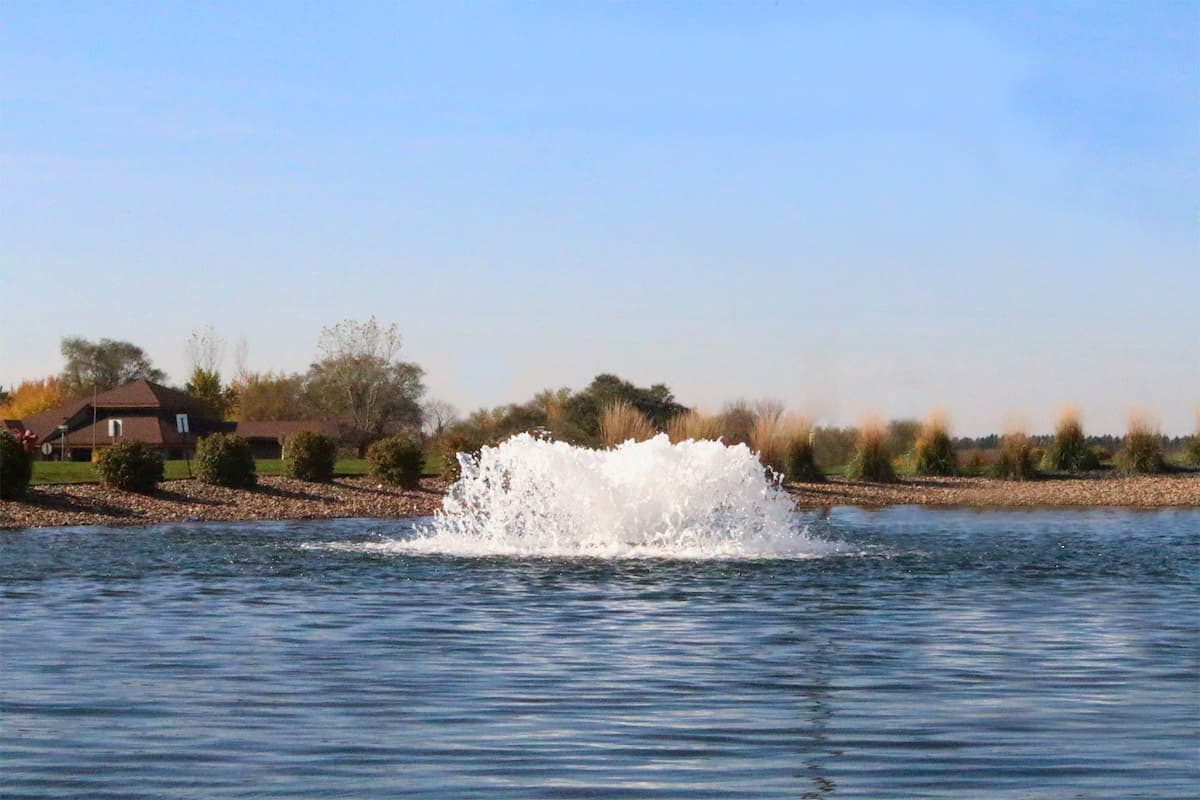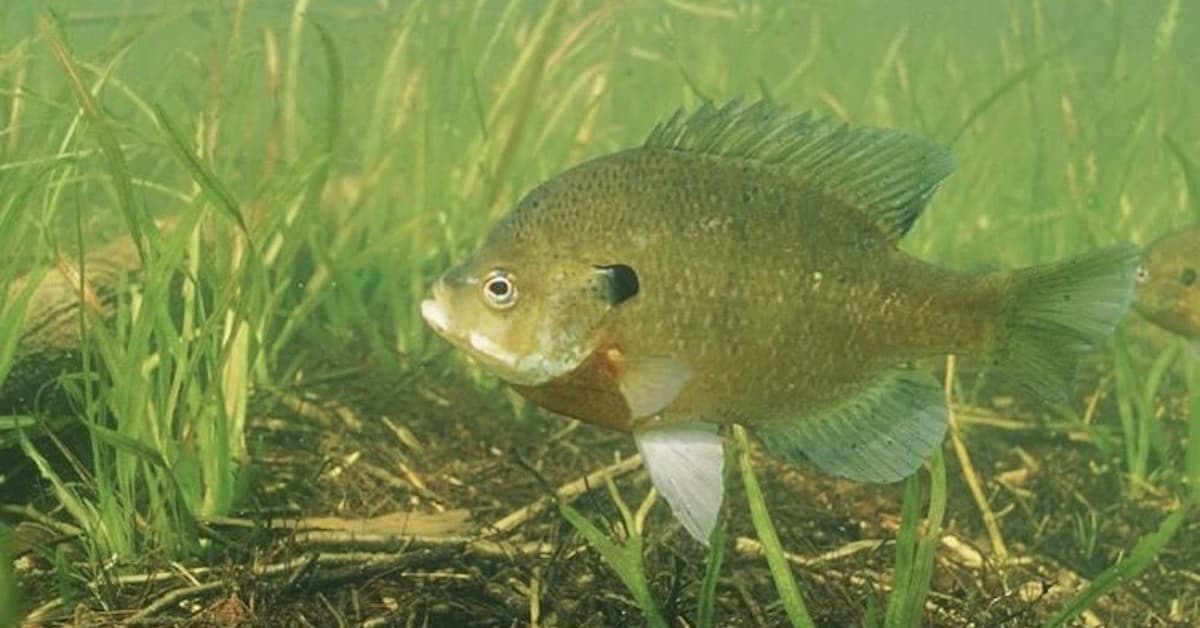By: Joe Holz, Director of Sales | Originally Posted: June 2, 2017 | Updated: Aug. 22, 2022
____________________________________________________________________________________________

If you’re looking to improve the water quality in your pond or lake, you might be in the market for an aeration device. However, with various types of aeration devices out there, how do you know which one is best? This is one of the most frequently asked question we get. The short answer is “it depends”.
Aeration is all about gas exchange. There are many ways to accomplish this and some work better in different applications. This is because every pond is different and each application is unique. Therefore, saying one way is always best would be too simplified and often inaccurate. With that being said, let’s take a look at the two main types of aeration, surface and bottom.
Surface Aeration

In general, surface aerators push high volumes of water into the air, causing the top of the water to splash. By physically breaking apart the water, it creates more surface area for gas exchange. This can actively add large amounts of oxygen to the water quickly. Since surface aerators can work in minimal water depths, we typically recommend them for ponds 8 feet or shallower.
Bottom Aeration
Bottom aeration works by pumping air into a diffuser that sits at the bottom of your body of water. The diffuser releases bubbles that rise through the water column. These bubbles entrain vast amounts of dead, bottom water and carry it to the surface where harmful gases, such as methane and sulfur compounds, can vent into the atmosphere and oxygen can enter the water.

The efficiency of this style of aeration is directly proportional to how much water the bubbles carry. This means that the deeper a diffuser is placed, the more water it can move. Therefore, placing a bottom aeration device in deeper water ultimately allows for better circulation, which is why we advise using this type of aeration for ponds that are deeper than 8 feet.
Exceptions Based on Application
As with most things in life, there are special circumstances to these general rules. Those tend to be based on the application and use for the pond. For example, surface aeration is often limited by power location as power cords can only be run so far. In situations like this, bottom aeration is better as air lines can be run up to one mile from the power source. Additionally, in ponds where people or pets enter the water routinely, bottom aeration should be considered as no electricity runs through the water. On the other hand, surface aeration is best when a body of water needs oxygen fast, such as a fish kill event, even if the pond is very deep.

In summary, one size does not fit all when it comes to aeration type and layout. At Kasco, we specialize in providing the best type of aeration for your specific needs. We are more than happy to help you pick out the right style, size, and placement of aeration best suited for your pond and it’s use.
Please email us or call 715-262-4488 and let us help you improve your pond or lake’s quality of water the best way possible.
 8 Things to Know About Aeration
8 Things to Know About Aeration
 The Practical Guide on Pond Sludge
The Practical Guide on Pond Sludge
 What is D.O. & Why You Should Care
What is D.O. & Why You Should Care